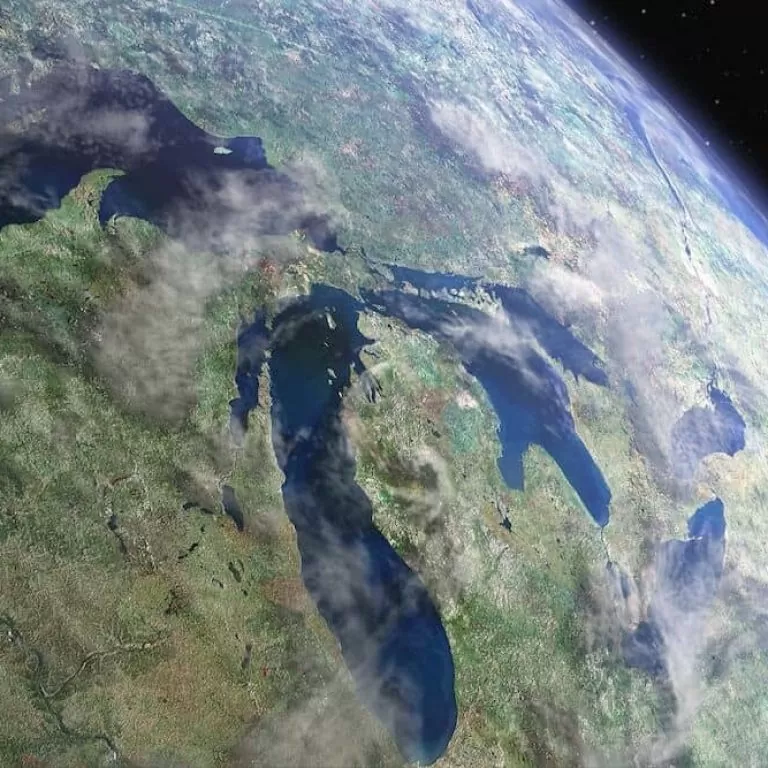
News Tracking change from above – time-lapse uses in outer space
As well as the aesthetic benefits associated with capturing celestial motion, time-lapse is an ideal tool for monitoring processes of change in the cosmos.
As science is largely about studying these changes, time-lapse has become an invaluable means of investigation – and education.
Monitoring Earth from outer space
NASA regularly use time-lapse to record movements in space and communicate information about their various expeditions.
In this year-long time-lapse of Earth, recorded from the space agency’s EPIC camera on NOAA’s Deep Space Climate Observatory satellite, the ever-changing motion of clouds and weather systems are made visible to the human eye.
DSCOVR is a NOAA Earth observation and space weather satellite launched in 2015, and monitors variable solar wind conditions, and observes phenomena on Earth such as changes in ozone, aerosol levels, atmosphere, cloud height, vegetation cover, and climate.
In partnership with NASA and the National Oceanic and Atmospheric Administration, and the U.S Air Force, the primary objective of DSCOVR is to maintain the nation’s real-time solar wind monitoring capabilities. Such monitoring is critical to the accuracy of space weather alerts and forecasts by NOAA.
It is not only photographs of Earth that NASA captures via time-lapse but the movements and findings from its various spacecraft.
In July 2016 their Juno spacecraft entered the orbit of Jupiter following a five-year journey.
This time-lapse captured by the craft’s JunoCam shows the Galilean moons in motion about Jupiter. The movements of these moons – named Io, Europa, Ganymede, and Callisto – were documented over the course of a few nights.
For Galileo Galilei in the 17th century, this particular observation of Jupiter and its surrounding moons changed how we understood our place in the cosmos. In other words, this led to the realisation that the Earth is not at the centre of the universe.
The use of time-lapse in this instance, then, allows such revelations to be lived and learned again by newer generations of people.
New generation, new media
As we have previously explored, British astronaut Tim Peake is working to encourage widespread interest in his space travels on the International Space Station using new media.
During his 186-day Principia mission, Peake used social media platforms like Instagram and Twitter to share aerial images and time-lapse videos of Earth.
As a digital scrapbook of sorts, such platforms allow astronauts in space and on land to document their adventures, their findings, what they see, and what they do.
Thanks for the phenomenal support for my book – profits will help improve many young lives through @PrincesTrust https://t.co/xIG5wQqaVU pic.twitter.com/diNrs2nsHJ
— Tim Peake (@astro_timpeake) December 13, 2016
Committed to the project of making outer space explorations part of the mainstream via these digital technologies, it is evident that Peake’s work continues using other mediums.
Some of these images are now available as part of a book, Hello, is this planet Earth?: My view from the International Space Station (2016) – the proceeds of which will be donated to The Prince’s Trust (an organisation to help young people get into jobs, education, and training).
It’s impossible to look down on Earth from space and not be mesmerised by the fragile beauty of our planet
Such thoughts (the quote above from Peake) are testament to the value that a different perspective can bring. As with construction, looking down on the site in question from a considerable height is optimal as it allows the full scale of the project to be realised in the resulting image.
The work of NASA and their various space expeditions continue to be a vital form of monitoring large-scale ecological change, particularly valuable in an age of increasing concerns surrounding the Earth’s climate change.
There are, of course, many more uses of time-lapse obtaining knowledge of our own planet and the infinite universe that surrounds it. And as our planet changes, so must our approaches to exploring it.